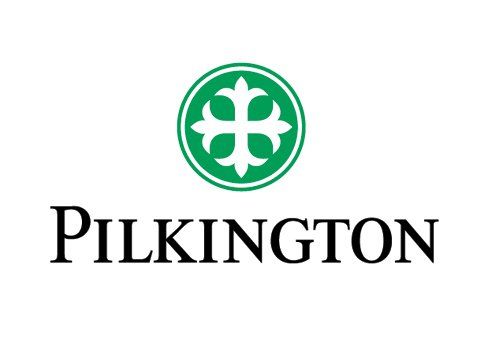GLASS
OUR GLASS
Here you can find out all about our DGU (Double Glazed Units).
What is low-emissivity glass?
Low-emissivity glass (or low-e glass as it is commonly referred to) is a type of energy-efficient glass designed to prevent heat escaping out through your windows to the cold outdoors.
Unfortunately, many older double glazed units do not contain low-e glass and are therefore not as energy-efficient as they could be. By replacing your existing window glass with low-e glazing, you can improve the energy efficiency of your home, reduce your monthly bills and decrease the size of your carbon footprint.
Installing windows containing Low-e glass in energy-efficient double or triple glazed units provides you with many benefits:
- Improves the energy-efficiency of your home
- Reduces the amount of energy you use
- Saves you money on your heating bills
- More effective than single glazing or standard double glazing
- Manufactured to the highest European quality standards
We always use Low-emissivity glass on all our double glazed units that come from our factory whether its Planibel A or Pilkington K Glass.
Our Glass Partners

Planibel A
Planibel A is a highly energy efficient glass that is perfectly suited for high performance domestic windows. It's the right choice to achieve the best performance and above all, it is totally environment-friendly.

Pilkington K Glass
Pilkington K Glass™ is the original hard coated, pyrolytic low-emissivity coated thermal glass. It has become the reliable solution for meeting Building Regulations concerning energy efficiency.
Components Required to Make a Sealed Unit
An insulated glass (IG) sealed unit is made with two panes of glass (although triple glazing with three panes of glass are also available) which are separated with a spacer frame made from tube or foam spacer (tube can be bent or cut and corner keyed). The spacer frame is fixed onto the two panes of glass with a primary sealant. A spacer tube is filled with desiccant on two to four sides of the frame (foam spacer is manufactured with a desiccant compound included) and then a secondary sealant is applied to the back of the spacer to seal the unit. Insulated glass sealed units can also be gas filled to improve their thermal efficiency.
Spacer Bar
Aluminium and Warm Edge
Several types of spacer bar are available including: Aluminium , Warm Edge. Warm edge bar offers a more thermally efficient solution. We use the best Warm edge on the market provided by SwissPacer.
Desiccant
Glasmol
Inside the spacer bar, thousands of beads of desiccant are held. The sole function of the desiccant or molecular sieve is to adsorb any moisture in the airspace and keep the moisture from condensing on the inside surfaces of the glass.
Glass Filling
Argon Gas
Sealed units are often filled with an Argon gas should you require more energy efficient units. Gas-filled units are more thermally efficient and are often referred to as 'high performance'. Should you wish for your units to be filled with Argon Gas please specify on quotation.














